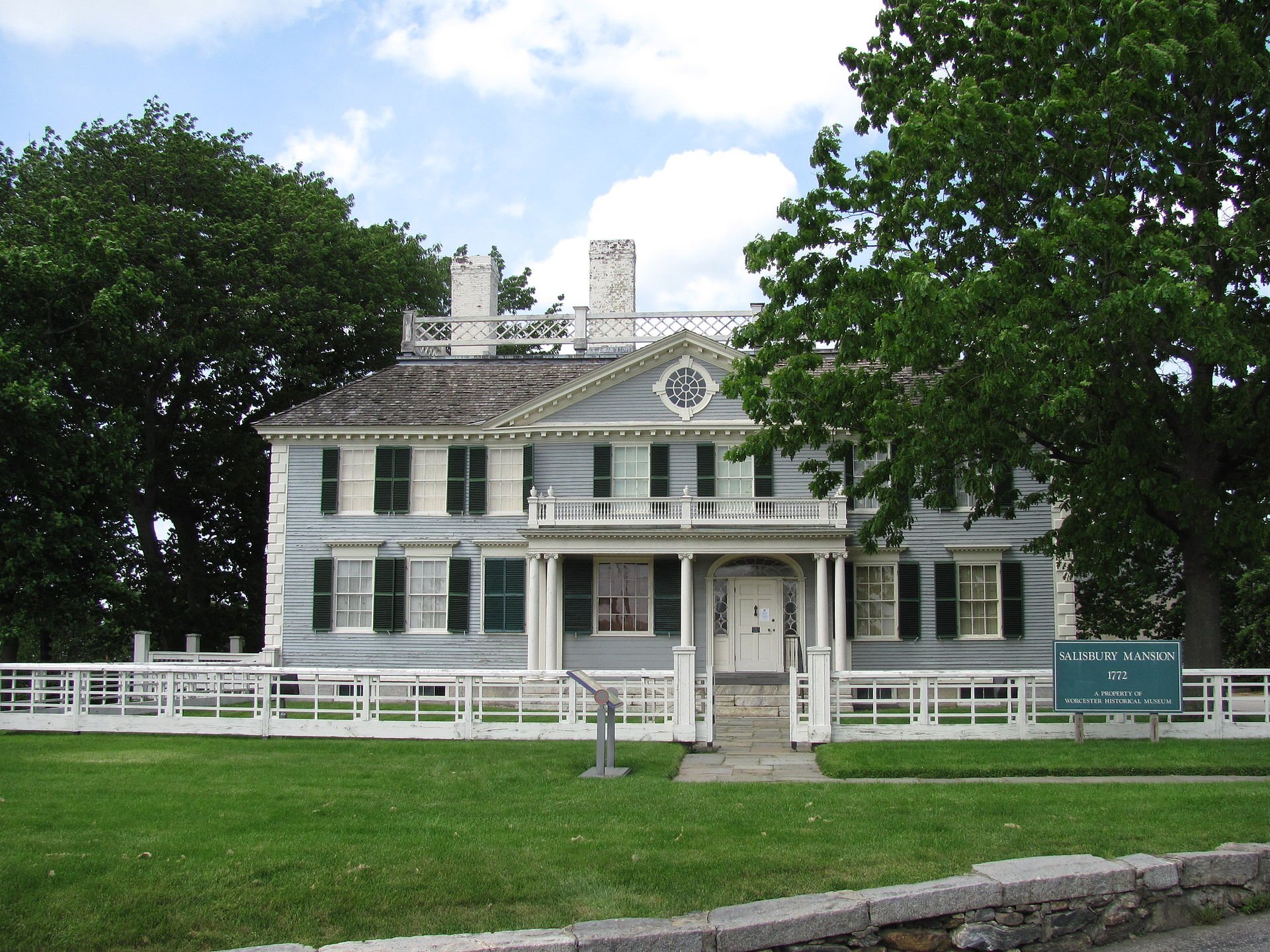
Healthy housing?
Three-decker cityscape in Worcester in the 1950’s, when Worcester was still a major manufacturing center and many industrial workers lived in three-deckers.
“People in the field of public health believed that {three-decker residential} buildings did much to account for the general good health of Worcester’s populations. Each apartment received sunshine and fresh air from all sides. People, young and old, took their daily airings on the comfortable porches, where they could enjoy some of the best views in Worcester. Each back porch held a clothes reel where the laundry could hang to dry in the beneficial sunshine….’’
From Heart of the Commonwealth, Worcester: An Illustrated History, by Margaret A. Erskine and Worcester Area Chamber of Commerce (1981)
A delicate relationship; Worcester housing
“A Woman and Her Dog” (gouache on paper), by Worcester area artist Julia Mongeon, in the show “The Tenth Annual One: A Members’ Exhibition,’’’ at ArtsWorcester, through Aug. 21.
The gallery says that these works span a very wide range of artistic expression, from photography to sculpture to painting. The painting above is a nostalgic picture that reflects on our relationship to our pets, evoking delicate pastels and folk-art motifs.
Classic urban New England three-decker houses on Houghton Street, Worcester. Dating mostly from the late 19th and early 20th centuries, three-deckers been entry-level housing for many immigrants and remain an option for people of modest means.
— Photo by John Phelan
Somewhat grander: The Salisbury Mansion, in Worcester, built in 1772.
From the Worcester Historical Museum, at the Salisbury Mansion:
“Salisbury Mansion, at 40 Highland Street, is Worcester’s only historic house museum. Built in 1772 as a combination house and store, it served as the home of ‘gentleman-merchant’ Stephen Salisbury. The store closed after the Embargo of 1812, and by 1820 all of the space once used for the store had become living quarters. Salisbury Mansion has gone through many changes over the years, from a rooming-house to a gentleman’s club. Salisbury Mansion was originally at Lincoln Square. Through tireless research and documentation, Salisbury Mansion has been restored to the 1830s to reflect the time when it was home to the widow Elizabeth Tuckerman Salisbury. It is considered one of the best documented ‘historic house museums’ in New England.



